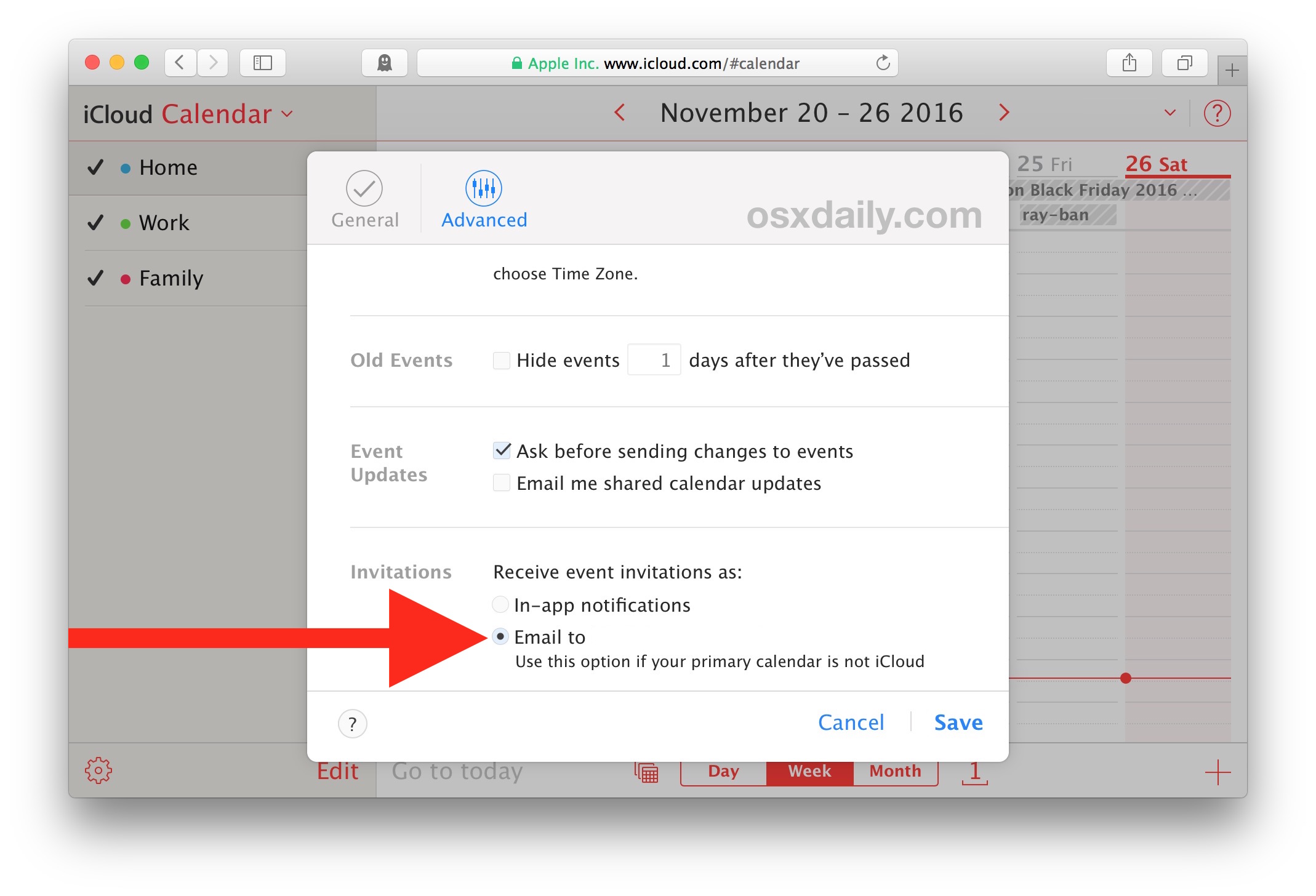Delete Email From Sender In Outlook For Mac
Posted By admin On 21.01.19If you need help configuring autoarchive settings, watch the tutorial:. Note: If you use Microsoft Exchange Server 2010 with online mailbox archives, you won't be able to use autoarchive in Outlook 2007 and 2010. Any video converter ultimate for mac review.
- Delete Email Address From Outlook Mac
- Find Email From Sender In Outlook
- Delete All Emails From Sender
- How To Block Email From Sender In Gmail
Delete all emails from same sender with Search function If you can use the Search function in Outlook, you can filter the emails that come from a same sender first, and then delete them. Outlook adds the sender's email address to the blocked senders list. Note: You can restore any of the mail that is in the Junk email folder. Click the message that you want to move to the Inbox folder, and then on the Home tab, click Junk, and then click Not Junk.
Delete Email Address From Outlook Mac
Set an expiration date on the messages Follow these steps to create a run a script rule to add an expire date and then configure AutoArchive to delete the messages. When a message is expired it's displayed in the message list in a gray strikethrough font. Macro security should be set to Low during testing. Once you verify the macro works, you can use, at which point you will change the security setting to allow signed macros only. In Outlook 2010 and 2013, click File, Options, Trust Center.
Click the Trust Center Settings button then Macro Settings. Select the bottom option for Low security. In Outlook 2007, look on the Tools menu for Trust Center, then Macro Security. In older versions of Outlook, go to Tools, Macros, Macro Security. • Press Alt+F11 to open the VBA Editor.
• Right click on Project1 and choose Insert > Module • Add the macro below to the new module. • Create a rule, selecting Run a Script as the action. If you set all of the conditions in the rule, you can delete the If.Then and End If lines. • Create a filter for your view that hides expired messages between AutoArchive runs. • Configure AutoArchive to delete expired messages. The macro will set the message to expire in 1 day.

Find Email From Sender In Outlook
You can use.5 to expire the message after 12 hours. If you use conditions in the rule to filter the messages, you can remove the If.Then and End If lines from the code. Sub SetExpire(Item As Outlook.MailItem) If Left(LCase(Item.Subject), 7) = 'weather' Then Item.ExpiryTime = Now + 1 Item.Save End If End Sub If you use Outlook 2013 or Outlook 2016 and don't see the run a script option in rules, see Move messages to a new folder.
Delete All Emails From Sender
Sorry, but not quite following the steps. I've completed the Trust Center step I've added the macro (module?) in that you provided (SetExpire) and just changed the subject to something I'm interested in But step 4, understand that this has changed and it needs to be another macro - tried to use your example and added another module but can't get it to run and so guessing my first macro (module?) isn't running either. In step 5 - where does one create a filter? And since I (want) to run auto-archive daily and my macro flags them > 1 day, not sure I need this step, but am curious. Step 6 - this is for turning it on globally, correct? Just 'nervous' that there may be other emails that are set to expire that I didn't set - or my macro is wonky and I just flagged ever email to expire.
How To Block Email From Sender In Gmail
Sorry for all the questions, if you have a example for this topic but at a lower level or with video, can you point me to it? Thanks a ton in advance, this would be a huge help for both my wife and I. Hi Diane, i'm sorry but i couldnt see how to start a new question??? Thank you for all your help, i have used Slipstick many times but never asked a question. My question is about steps 4 and 5 above ( I have done 1 -3), where do i 'create a rule' and ' create a filter, i can't see anywhere in VBA editor and in Create Rule in Outlook (2013) there is no option to Run a Script. Also, fyi, when i went into Trust Center (2013) there was no 'Macro Security' but there was Macro Settings which had options to change security levels.